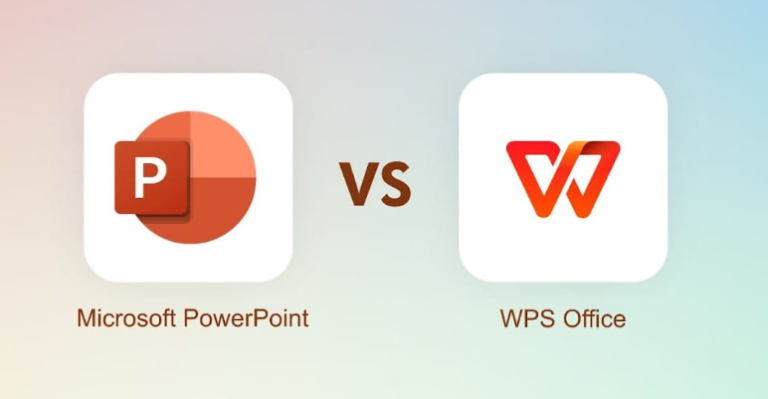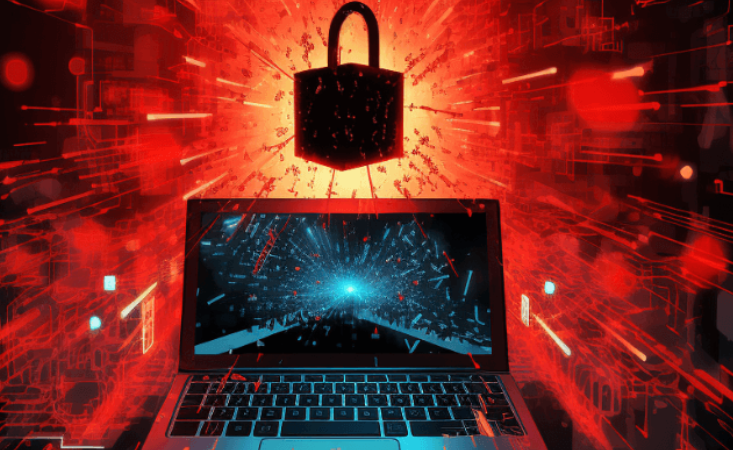Remote Work Productivity Hacks: Maximize Efficiency While Working from Home
The shift toward remote work has transformed the modern workplace, offering flexibility, autonomy, and the ability to work from anywhere. However, working from home also presents challenges, including distractions, time management issues, and blurred boundaries between work and personal life. To thrive in this environment, adopting effective productivity hacks is essential. This article explores practical strategies to enhance focus, efficiency, and overall performance while working remotely.
Understanding the Remote Work Landscape
Remote work, also known as telecommuting or virtual work, has grown exponentially in recent years. Driven by technological advancements, cloud computing, and communication tools, employees can now complete tasks without being physically present in an office. Key benefits of remote work include:
- Flexibility: Employees can choose their work hours and environment.
- Reduced Commute: Saves time and reduces stress.
- Global Talent Access: Companies can hire talent from anywhere in the world.
- Cost Savings: Both employers and employees save on office space, travel, and meals.
Despite these advantages, remote work requires self-discipline and the right strategies to maintain productivity.
Productivity Challenges in Remote Work
Working remotely presents unique challenges that can hinder performance:
- Distractions at Home: Household chores, family members, and social media can interrupt focus.
- Lack of Structure: Without a fixed schedule, it’s easy to procrastinate or overwork.
- Communication Gaps: Remote teams may experience misunderstandings or delays in feedback.
- Isolation and Burnout: Working alone can lead to feelings of loneliness and mental fatigue.
Recognizing these challenges is the first step toward implementing effective productivity hacks.
Top Remote Work Productivity Hacks
1. Create a Dedicated Workspace
Having a designated workspace helps separate work from personal life. Key tips include:
- Choose a quiet, well-lit area.
- Ensure ergonomic furniture for comfort and posture.
- Minimize distractions by keeping personal items away from the workspace.
A dedicated workspace signals to your brain that it’s time to focus, increasing efficiency.
2. Establish a Routine
Routine is critical for maintaining productivity. Successful remote workers often:
- Set consistent start and end times.
- Schedule regular breaks to recharge.
- Use time-blocking techniques to allocate specific hours for tasks.
Consistency helps maintain focus and prevents work from spilling into personal time.
3. Use Productivity Tools
Technology offers numerous tools to streamline work and stay organized:
- Task Management: Tools like Trello, Asana, and Todoist help prioritize and track tasks.
- Time Tracking: Apps such as Toggl and Clockify ensure you’re using time efficiently.
- Collaboration Platforms: Slack, Microsoft Teams, and Zoom facilitate communication with teammates.
Choosing the right tools reduces chaos and boosts efficiency.
See also: How Ransomware Works and How to Protect Yourself
4. Prioritize Tasks with the Eisenhower Matrix
The Eisenhower Matrix helps prioritize tasks based on urgency and importance:
- Urgent & Important: Do these tasks immediately.
- Important, Not Urgent: Schedule time for these tasks.
- Urgent, Not Important: Delegate if possible.
- Not Urgent, Not Important: Consider eliminating these tasks.
This method ensures focus on high-impact activities rather than distractions.
5. Implement the Pomodoro Technique
The Pomodoro Technique is a time management method that involves:
- Working in focused intervals (usually 25 minutes).
- Taking short breaks (5 minutes) after each interval.
- Taking a longer break (15-30 minutes) after four intervals.
This approach improves concentration, reduces burnout, and increases overall productivity.
6. Limit Digital Distractions
Distractions from social media, notifications, and emails can significantly reduce productivity. Strategies include:
- Turning off non-essential notifications.
- Using website blockers like Freedom or Cold Turkey during work hours.
- Checking emails at scheduled times instead of constantly monitoring them.
Creating a distraction-free digital environment helps maintain focus.
7. Communicate Effectively
Remote work relies heavily on communication. To enhance productivity:
- Use clear and concise messaging in emails and chats.
- Schedule regular check-ins and video calls.
- Share progress updates to ensure accountability.
Effective communication prevents misunderstandings and keeps teams aligned.
8. Set Boundaries
Remote workers often struggle to separate work from personal life. Tips for setting boundaries include:
- Inform family or housemates of work hours.
- Avoid working in personal spaces like bedrooms or living rooms.
- Define “off-duty” times to prevent overworking and burnout.
Boundaries are essential for maintaining work-life balance and mental well-being.
9. Practice Self-Care
Productivity is closely tied to physical and mental health. Remote workers should:
- Exercise regularly to boost energy and focus.
- Take breaks to rest eyes and stretch muscles.
- Maintain a healthy diet and stay hydrated.
Self-care ensures sustained performance and reduces the risk of fatigue or burnout.
10. Review and Reflect
End each day or week by reviewing accomplishments and challenges:
- Identify tasks that were completed successfully.
- Recognize areas needing improvement.
- Adjust strategies and routines for better efficiency.
Reflection helps maintain continuous improvement and keeps productivity levels high.
The Role of Company Culture in Remote Productivity
A supportive company culture is crucial for remote work success. Employers can:
- Offer flexible schedules to accommodate personal needs.
- Provide necessary tools and resources for remote work.
- Encourage regular feedback and recognition.
- Foster team collaboration and engagement through virtual events.
When companies prioritize employee well-being and productivity, remote work becomes more sustainable and effective.
Future of Remote Work Productivity
Remote work is expected to remain a significant part of the workforce. Emerging trends include:
- Hybrid Work Models: Combining in-office and remote work for flexibility.
- AI-Powered Productivity Tools: Smart assistants that automate repetitive tasks.
- Virtual Reality Meetings: Immersive collaboration experiences.
- Focus on Mental Health: Companies investing in wellness programs for remote employees.
Adapting to these trends will ensure that productivity continues to improve in the evolving work landscape.
Conclusion
Remote work offers unparalleled flexibility and freedom, but it also requires discipline, structure, and the right strategies to maintain productivity. By creating dedicated workspaces, establishing routines, leveraging productivity tools, and setting boundaries, remote workers can maximize efficiency while maintaining work-life balance. Additionally, supportive company culture, self-care, and reflection further enhance performance. As remote work continues to grow, adopting these productivity hacks is essential for professional success and personal well-being.






